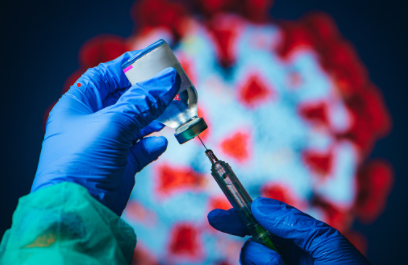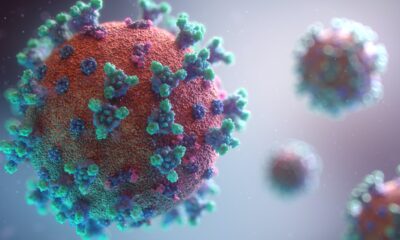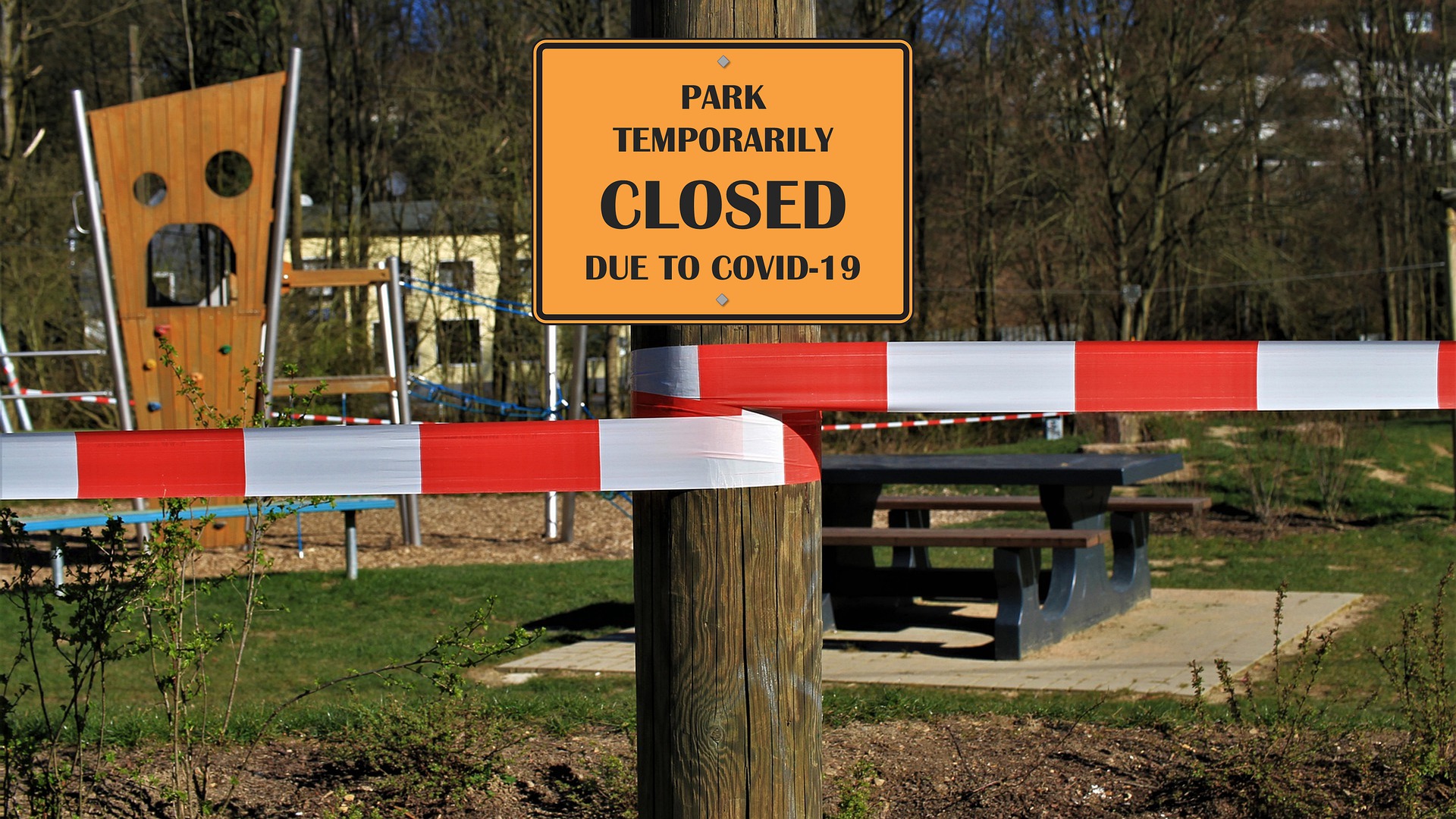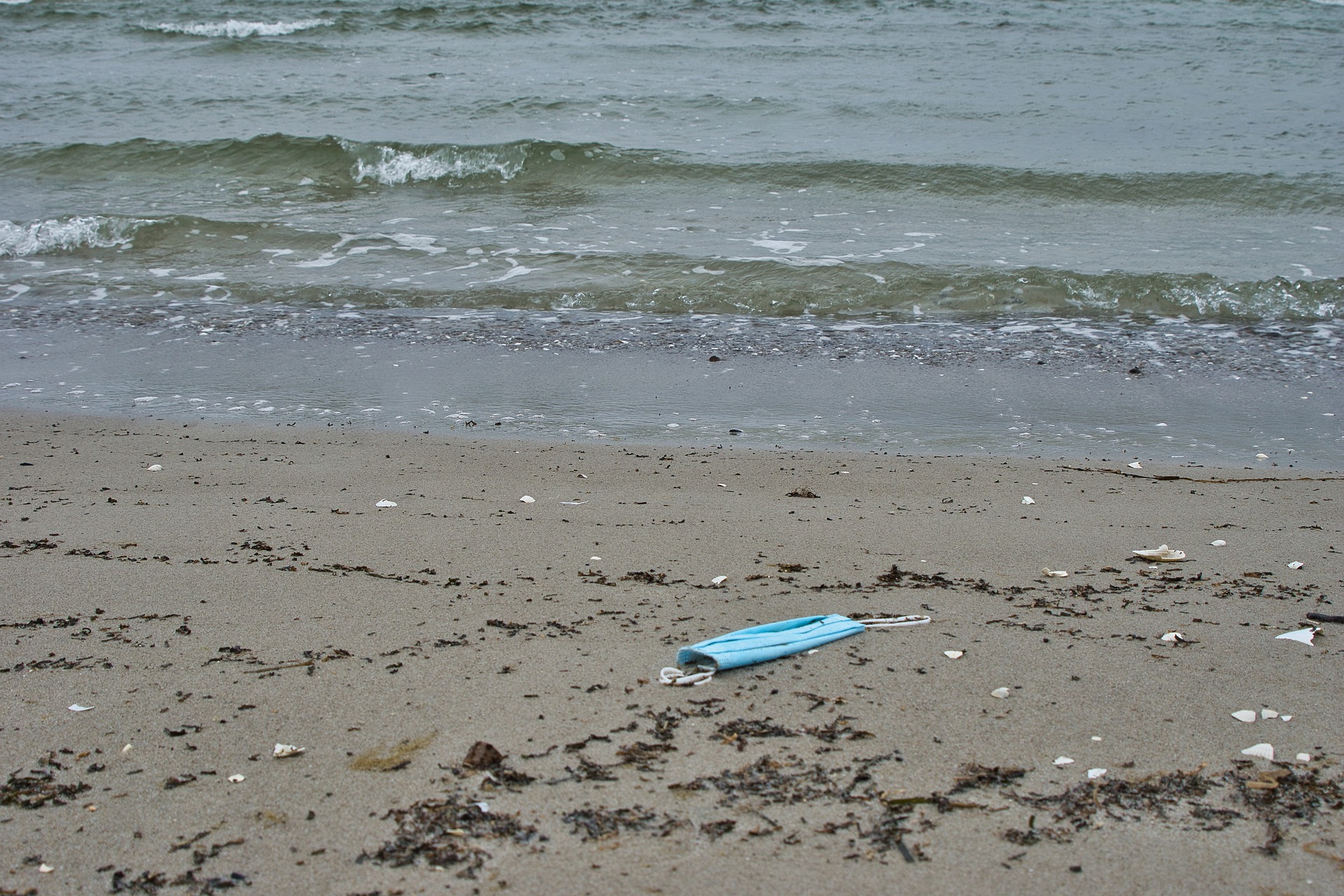Coronavirus, scientifically known as COVID-19, is a deadly virus that has taken millions of lives all over the globe. As the number of cases rises every day, the need for a vaccine is absolutely indispensable. To our greatest delight, the production of a vaccine has been announced.
Pfizer and BioNTech made this announcement shortly after releasing provisional results from their vaccine trial. The vaccine is still not prepared fully. So there isn’t enough information available. But it is still necessary to know how it will be carried. Of course, once it’s passed its exploratory stage and is put out for the world to use.
HOW DO WE DETERMINE THE EFFECTIVENESS OF THE COVID-19 VACCINE?
Whenever a vaccine is made to combat a deadly virus such as the one we are dealing with at the moment, there is a certain process to it. That process determines its efficacy.
Clinical trials are a huge part of testing something scientifically. In fact, they are the key to knowing whether the developed product is effective and is generating the desired result or not.
Similarly, if we are to determine the working of the COVID-19 vaccine, a trial will have to take place.
The trial should be composed of the people already affected with the virus as a result of coming in contact with other people who were also affected by it.
Carriers shouldn’t be the subject of the trial for ethical reasons.
Due to this, the conclusion of the trial wouldn’t be on such a large scale since the organization running the tests wouldn’t consciously endanger healthy people and even if they did willingly volunteer for the experiment, it wouldn’t be permitted anyway.
When the results are out, statistical experts will apply many different methods to understand the successfulness of the vaccine.
If the number of participants is small, as previously suggested, it would not be facile to know the exact outcome. A doubtful question will rise up:
Was it a lucky stroke?
It’s an underlying possibility and in most cases, that surely is how it works out.
To ensure that this question doesn’t become a reality, it is necessary to repeat experiments and to take a sufficient number of affected persons from various backgrounds. It will help broaden the results of the collective trial and an error-free trial will be the ultimate consequence.
IS THE VACCINE SAFE TO USE?
If something is to be used globally, it is of the utmost significance to test out its ability to be safe.
It is the job of medical professionals to guarantee that.
Pfizer and BioNTech ran smaller trials before running a larger one. This was done to rule out the likelihood of imperilment.
They carried out many versions of the vaccine and chose the one that was best with respect to safety; the one that had lesser side effects such as mild fever and drowsiness.
But even if there are little to none side effects on one group, how can millions of people, to whom the vaccine is given to, believe that they won’t be susceptible to side effects?
There is a ‘rule of three’ that statisticians use.
It tells us that if a definite number of participants didn’t report any side effects, then we can say with utter confidence that the odds of a side effect from the vaccine is predicted to be not more than three. It is less than three.
The prospect of these odds are even lesser than that but for the safety of the people, trials will still happen as they were.
Just as the efficacy of the masses is essential, health and safety is just as requisite.
Before launching a vaccine, it is also vital to convince the public of its safety.
The most suitable way to do that is to first be assured of it yourselves as professionals of the field. Doctors have to be sure that they aren’t intentionally or unintentionally making room for torment.
Once that is made sure of and the vaccine gets the approval from respective authorities and it gets issued to the world, the effects should be closely monitored so that there isn’t any harm done.
For a span of two to three years, the partakers would also be observed.
WHO IS MOST SUITABLE TO GET THE VACCINE?
We don’t know exactly who is the most qualified to get the vaccine but there are some groups who are more exposed to the possibility of getting infected or are defenseless against the disease. They are likely to be considered first. That could include older people, small children, health care professionals etc.
If more vaccines are made, the initial dose of the vaccines could be expanded to everyone and not just be limited to the aforementioned groups.
WHEN WILL IT BE AVAILABLE TO THE GENERAL PUBLIC?
It has been known to the public that Pfizer has made it clear that in the month of November, they will go forward with asking for exigency authorization.
But that will only be done after they’ve submitted the particular data.
After that, F.D.A will discuss the data and their decision will be out after some weeks since it will take time to contemplate the vaccine’s advantages, security and the capacity of the company to mass-produce doses.
It will be readily available to use afterwards only if there aren’t any more unexpected setbacks.
WHAT MEASURES SHOULD BE TAKEN AFTER THE VACCINE IS READY FOR USE?
You would think that since the vaccine is procurable, will safety measures still be followed?
Will that be needed once the vaccine is out?
One inevitable inquiry would arise in everyone’s minds after the vaccine is accessible and it would be:
Should we stop wearing masks?
The answer is a simple no.
Don’t stop following safety measures. At all.
Just because the COVID-19 vaccine is within easy reach, it does not mean that safety measures should immediately be eradicated and forgotten about. They will be paramount until the public threat is no longer present.



 Featured9 months ago
Featured9 months ago


 Featured10 months ago
Featured10 months ago


 Featured2 years ago
Featured2 years ago


 Featured4 years ago
Featured4 years ago


 Featured3 years ago
Featured3 years ago


 Featured10 months ago
Featured10 months ago


 Featured2 years ago
Featured2 years ago


 Featured4 years ago
Featured4 years ago















